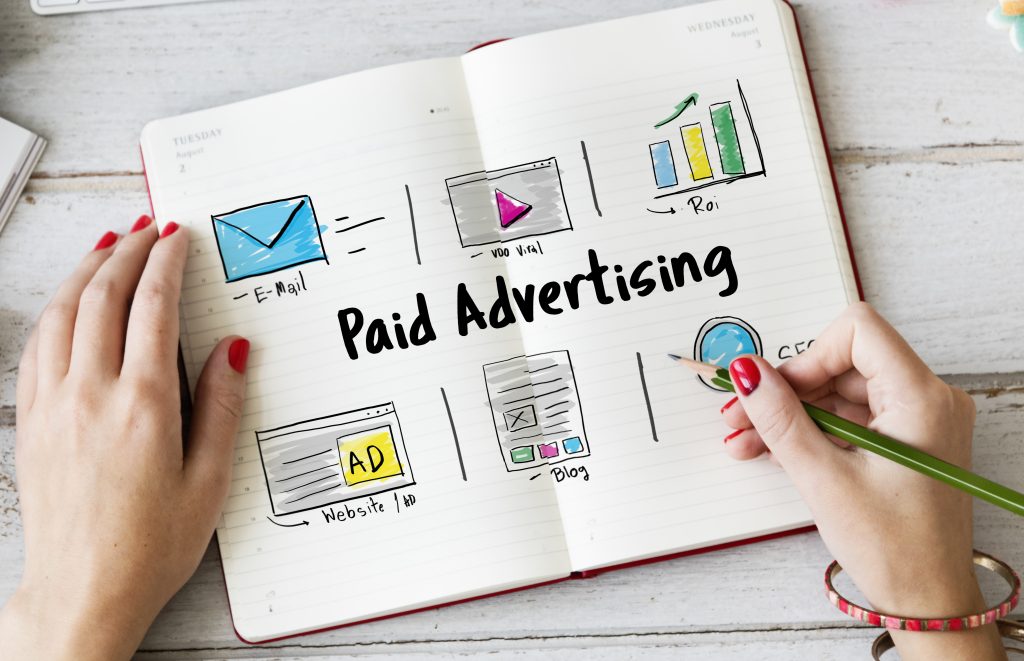
Table of Contents
In the digital marketing world, Search Engine Marketing (SEM) is a cornerstone strategy for driving targeted traffic to websites. An essential component of SEM is crafting compelling ad copy that not only grabs attention but also converts. As an SEM expert, I’m here to guide you through the intricacies of writing effective SEM ad copy, ensuring your campaigns deliver optimal results. This comprehensive guide will cover SEM ad copy best practices, tips on how to write ad copy, and a deep dive into crafting messages that resonate with your audience.
Understanding the Basics of SEM Ad Copy
Before delving into best practices, it’s crucial to understand what SEM ad copy is. SEM ad copy refers to the text used in paid search advertisements. These ads appear on search engine results pages (SERPs) and are triggered by specific keywords. The objective is to create ad copy that is relevant to the user’s search query, compelling enough to attract clicks, and persuasive enough to drive conversions.
The Importance of Effective SEM Ad Copy
Effective SEM ad copy can significantly impact the success of your campaigns. Here’s why:
- Attracts the Right Audience: Well-crafted ad copy aligns with the user’s intent, ensuring you attract visitors who are genuinely interested in your product or service.
- Improves Quality Score: Search engines like Google reward relevant ad copy with a higher Quality Score, which can lower your cost-per-click (CPC) and improve your ad position.
- Increases Click-Through Rate (CTR): Engaging and relevant ad copy encourages users to click on your ad, increasing your CTR.
- Drives Conversions: Ultimately, the goal of your ad copy is to convert visitors into customers. Clear, persuasive messaging can boost your conversion rates.
SEM Ad Copy Best Practices
Understand Your Audience
- Identify Pain Points: Know the challenges your audience faces and address them directly in your ad copy.
- Use Audience Language: Write in a way that resonates with your target audience. Use their language, jargon, and tone.
Incorporate Keywords Strategically
- Primary Keyword Placement: Ensure your primary keyword (e.g., “SEM ad copy”) is included in the headline and body of your ad.
- Avoid Keyword Stuffing: While it’s important to include keywords, overloading your ad copy can make it appear spammy. Aim for natural inclusion.
Craft Compelling Headlines
- Be Specific: Headlines should be clear and specific about what you’re offering.
- Include a Unique Selling Proposition (USP): Highlight what makes your product or service unique.
- Use Numbers and Statistics: If applicable, include numbers or statistics to catch the eye and add credibility.
Create Engaging Descriptions
- Highlight Benefits: Focus on the benefits of your product or service rather than just the features.
- Include a Call-to-Action (CTA): Encourage users to take the next step with a clear and compelling CTA (e.g., “Shop Now,” “Learn More”).
Utilize Ad Extensions
- Enhance Visibility: Ad extensions (sitelinks, callouts, structured snippets) can provide additional information and increase your ad’s visibility.
- Improve CTR: Ad extensions often lead to higher CTR by offering users more reasons to click.
A/B Test Your Ad Copy
- Experiment: Test different versions of your ad copy to see what resonates best with your audience.
- Analyze Results: Use data to determine which ad copies perform best and refine your strategy accordingly.
Keep It Concise and Clear
- Avoid Jargon: Unless your audience is familiar with industry-specific terms, avoid using jargon.
- Be Direct: Get to the point quickly. Users should understand your message at a glance.
Use Emotional Triggers
- Appeal to Emotions: Craft ad copy that evokes emotions such as excitement, fear of missing out (FOMO), or relief.
- Tell a Story: Brief storytelling can make your ad copy more relatable and memorable.
How to Write Ad Copy That Converts
Start with Keyword Research
- Identify Relevant Keywords: Use tools like Google Keyword Planner to identify keywords relevant to your product or service.
- Focus on User Intent: Understand the intent behind each keyword and tailor your ad copy to meet that intent.
Analyze Competitor Ads
- Identify Trends: Look at what your competitors are doing well and identify trends.
- Find Gaps: Determine what’s missing in their ads and use that to your advantage.
Write a Compelling Headline
- Incorporate Keywords: Include your primary keyword in the headline.
- Be Direct and Engaging: Ensure your headline is straightforward and grabs attention.
Craft an Engaging Description
- Highlight Key Benefits: Focus on what the user stands to gain.
- Include a Strong CTA: Guide users towards the desired action with a clear CTA.
Utilize Ad Extensions
- Add Relevant Extensions: Use extensions that add value and relevance to your ad.
- Enhance Visibility: Extensions can help your ad stand out on the SERP.
Proofread and Edit
- Check for Errors: Ensure your ad copy is free of grammatical and spelling errors.
- Refine Messaging: Make sure your message is clear, concise, and compelling.
Test and Optimize
- A/B Testing: Continuously test different versions of your ad copy.
- Optimize Based on Performance: Use data to refine and improve your ad copy.
Real-World Examples of Effective SEM Ad Copy
Example 1: E-commerce Store
- Headline: “Shop Summer Dresses – Up to 50% Off!”
- Description: “Discover our latest collection of summer dresses. Free shipping on orders over $50. Shop now and save big!”
- CTA: “Shop Now”Why It Works: This ad copy is clear, offers a specific benefit (discount), and includes a strong CTA. It also uses ad extensions like free shipping to enhance appeal.
Example 2: Software Service
- Headline: “Boost Your Productivity – Try Our Software Free”
- Description: “Experience a 30% increase in productivity with our task management software. Start your free trial today and see the difference.”
- CTA: “Start Free Trial”Why It Works: This ad highlights a clear benefit (productivity boost), offers a risk-free trial, and includes compelling statistics to add credibility.
Example 3: Local Service Provider
- Headline: “Reliable Plumbing Services – 24/7 Emergency Support”
- Description: “Get fast, professional plumbing services any time of day. Call us now for a free estimate!”
- CTA: “Call Now”Why It Works: This ad emphasizes reliability and availability, key concerns for users searching for emergency services. The clear CTA encourages immediate action.
Common Mistakes to Avoid in SEM Ad Copy
Even with the best practices in mind, it’s easy to make mistakes. Here are some common pitfalls to avoid:
- Vague Messaging
- Be Specific: Avoid generic messages that don’t clearly convey what you’re offering.
- Overlooking Mobile Users
- Mobile Optimization: Ensure your ad copy and landing pages are optimized for mobile users.
- Ignoring Negative Keywords
- Use Negative Keywords: Prevent your ads from appearing for irrelevant searches by using negative keywords.
- Lack of Testing
- Continuous Testing: Always test different versions of your ad copy to find what works best.
- Weak CTAs
- Strong CTAs: Ensure your CTAs are compelling and direct users to take action.
Conclusion
Crafting effective SEM ad copy is both an art and a science. By understanding your audience, incorporating relevant keywords, and following best practices, you can create ad copy that not only attracts clicks but also drives conversions. Remember to continuously test and optimize your ads to ensure they perform at their best. As an SEM expert, applying these strategies will help you achieve better results and maximize the return on your advertising investment.
Mastering SEM ad copy takes time and practice, but with the right approach, you can create compelling messages that resonate with your audience and drive meaningful results. Happy advertising!
To learn more about my experience, visit my LinkedIn profile or contact me through my website.
By following these guidelines and continually refining your approach, you’ll be well on your way to mastering SEM ad copy. For more insights and advanced tips, stay tuned to my blog where I’ll be sharing more in-depth strategies and case studies in the world of SEM and digital marketing.



